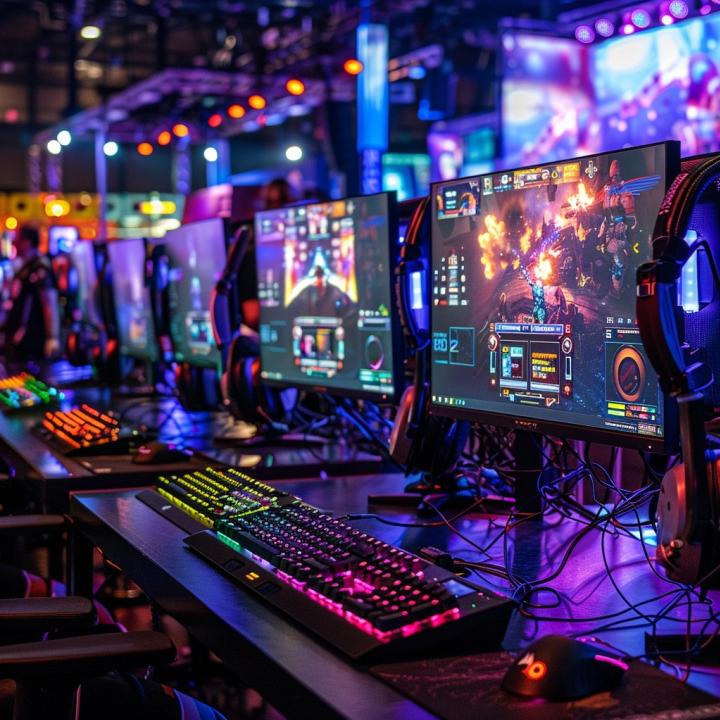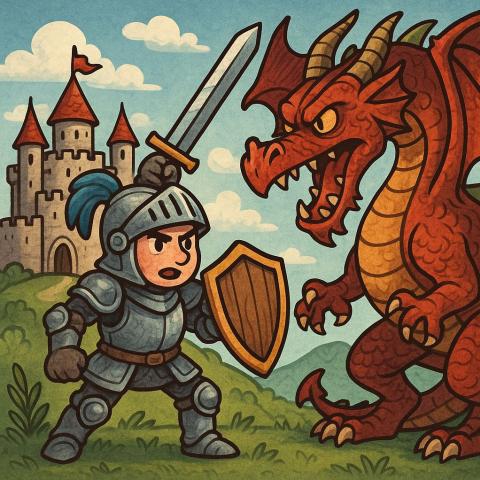Are you eager to transform your humble Raspberry Pi 4 into a powerhouse gaming machine capable of running the latest and greatest AAA titles? Look no further! With a few strategic upgrades and tweaks, you will be well on your way to enjoying an immersive gaming experience that could rival even the most high-end gaming PCs. In the words of legendary game designer Shigeru Miyamoto, "Video games are bad for you? That is what they said about rock and roll." With your newly upgraded Raspberry Pi 4, you can prove the naysayers wrong and embark on an unforgettable gaming adventure. So go ahead, take the leap, and let your Raspberry Pi 4 transport you to new worlds filled with excitement, challenge, and endless possibilities.
Storage is another critical factor in building the ultimate Raspberry Pi gaming machine. While the built-in microSD card slot is convenient, it may not provide the speed and capacity needed for storing and running large AAA game files. Upgrading to a fast and spacious USB 3.0 external SSD can make a world of difference in load times and overall performance. Look for an SSD with at least 250GB of storage to ensure you have plenty of room for your gaming library.
Another aspect to consider when building your Raspberry Pi gaming rig is the display. While the Pi 4 can handle resolutions up to 4K, you may want to opt for a lower resolution to ensure better frame rates and overall performance. A 1080p monitor or TV should provide a good balance between visual fidelity and smooth gameplay. If you are feeling adventurous, you could even experiment with overclocking the GPU to squeeze out a few extra frames p/sec. Another aspect to consider when building your Raspberry Pi gaming rig is the display. While the Pi 4 can handle resolutions up to 4K, you may want to opt for a lower resolution to ensure better frame rates and overall performance. A 1080p monitor or TV should provide a good balance between visual fidelity and smooth gameplay. If you are feeling adventurous, you could even experiment with overclocking the GPU to squeeze out a few extra frames per second.
The first step in this exciting journey is to ensure your Raspberry Pi 4 has ample RAM to handle the demands of modern games. While the base model comes with a respectable 2GB of RAM, serious gamers will want to opt for the 8GB variant. This extra memory will provide the headroom needed to keep your games running smoothly, even during the most hectic and action-packed moments.
Sound is an often-overlooked but essential component of any gaming setup. The Raspberry Pi 4 has a built-in 3.5mm audio jack, which can be used to connect speakers or headphones. However, for the best audio experience, consider using a USB sound card or DAC (digital-to-analog converter). These devices can provide higher-quality audio output and even support features like virtual surround sound, enhancing your immersion in the game world. Sound is an often-overlooked but essential component of any gaming setup. The Raspberry Pi 4 has a built-in 3.5mm audio jack, which can be used to connect speakers or headphones. However, for the best audio experience, consider using a USB sound card or DAC (digital-to-analog converter). These devices can provide higher-quality audio output and even support features like virtual surround sound, enhancing your immersion in the game world.
Next, you should consider overclocking your Raspberry Pi's CPU. By increasing the clock speed, you can squeeze out every last drop of performance from the processor. However, it is crucial to proceed with caution and carefully monitor temperatures to avoid overheating and potential damage to your device. Investing in a high-quality cooling solution, such as a heatsink or fan, is highly recommended to keep your overclocked Pi running cool and stable.
Of course, no gaming setup would be complete without a proper controller. While keyboard and mouse support has improved in recent years, many AAA games are still best enjoyed with a gamepad in hand. The good news is that the Raspberry Pi 4 is compatible with a wide range of USB and Bluetooth controllers, including popular options like the Xbox One and PlayStation 4 controllers. Pick your preferred gamepad and get ready to dive into the action.
BTW! It is essential to choose the right operating system for your gaming needs. While the official Raspberry Pi OS is a solid choice for general use, gaming enthusiasts may want to explore specialized distributions like Lakka or RetroPie. These OS options are specifically tailored for gaming and often include features like built-in emulators, optimized settings, and user-friendly interfaces for managing your game library.
With the right combination of hardware upgrades, software tweaks, and peripherals, your Raspberry Pi 4 can become a formidable gaming machine. Whether you are a casual gamer looking to revisit classic titles or a hardcore enthusiast seeking to push the limits of what is possible on a single-board computer, the Pi 4 has something to offer. So roll up your sleeves, grab your tools, and get ready to embark on an exciting journey into the world of Raspberry Pi gaming.













